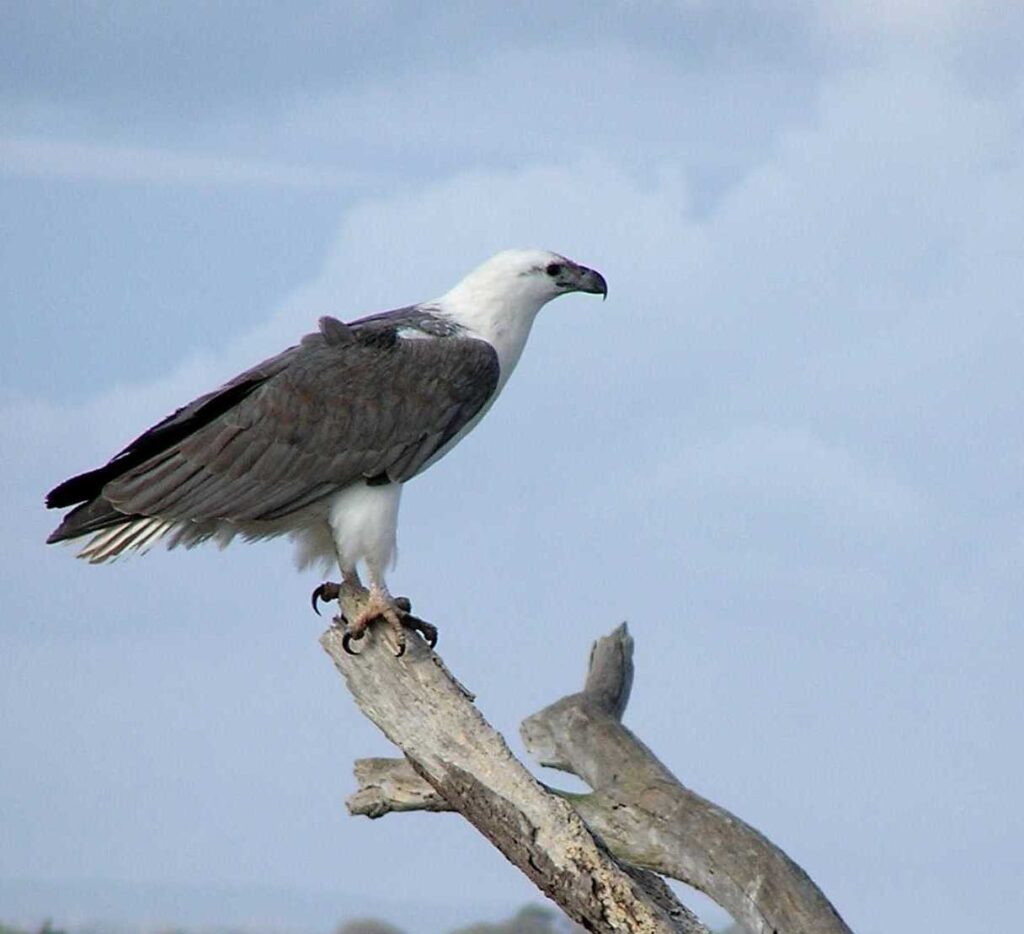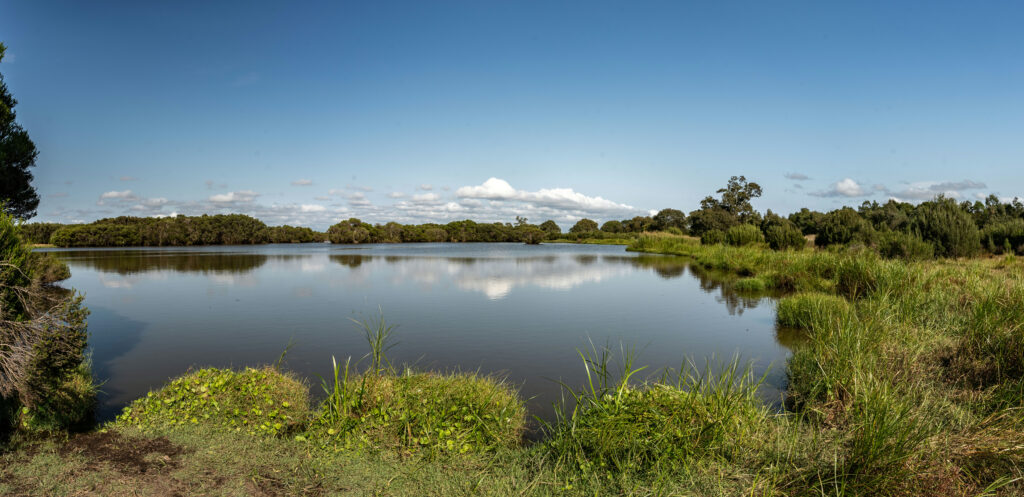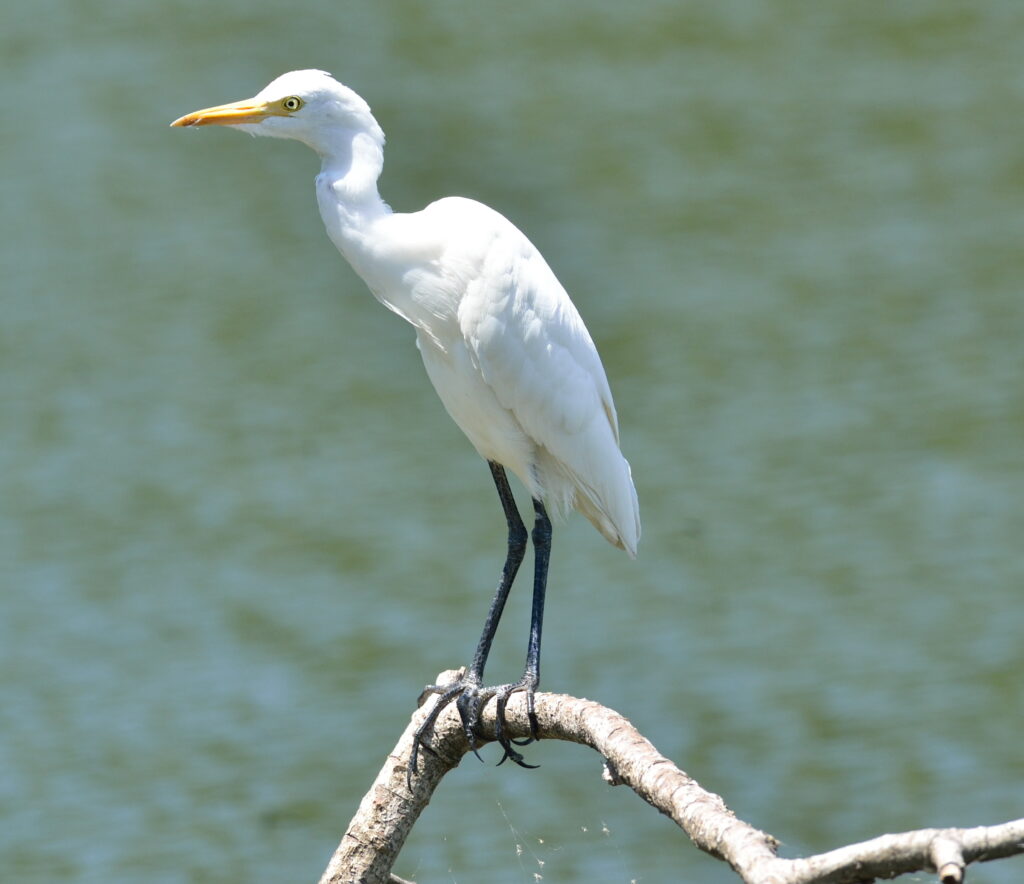Fringing wetland vegetation communities are an important indicator to the health of the Gippsland Lakes providing a range of benefits for flora and fauna.
About this project
This project will undertake flora and fauna surveys within the lower Latrobe Wetlands. Waterbird (fauna) surveys will enhance existing Ramsar monitoring programs by increasing the number of bird monitoring sites adjacent to the Gippsland Lakes Ramsar sites (along the lower Latrobe River and Lake Coleman).
This project will include:
- The flora (plant) surveys will go back to sites where vegetation monitoring was done in 2015 within Sale Common, Heart Morass and Dowd Morass
- The new data will be used to update mapping of the sites to improve accuracy of future survey work. It will also help us to assess climatic and seasonal changes in the makeup of the wetland vegetation and monitor the success of management works.
- Bird surveys in the area will build on the existing Ramsar bird monitoring program in the Gippsland Lakes by undertaking regular monitoring at the new sites of:
- Heart Morass
- Dowd Morass
- Lake Coleman
- Lower Durt’Yowan (Latrobe river).


